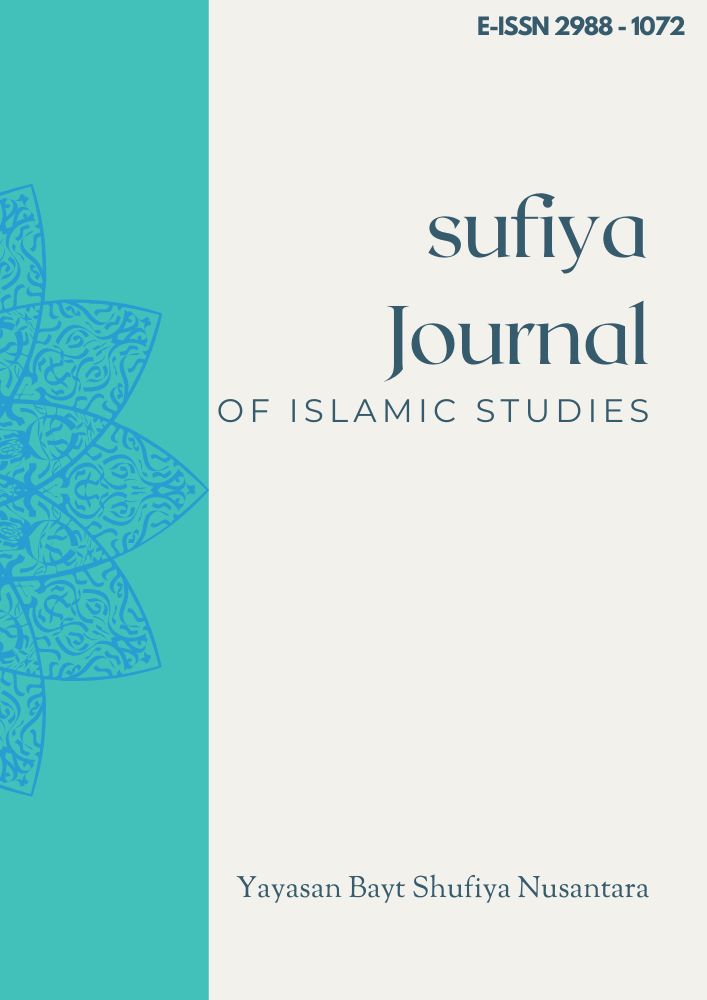The Application of Literal Meaning in Semantics to Enhance Vocabulary and Sentence Structure in Children's Speaking Skills
Keywords:
Literal Meaning, Speaking Skills, Vocabulary DevelopmentAbstract
This study aims to examine how the application of literal meaning, as conceptualized in semantic theory, can support the development of children's speaking skills—specifically in enhancing vocabulary acquisition and sentence structure. Recognizing that early language learners often face challenges in selecting appropriate words and constructing grammatically accurate sentences, this research investigates the pedagogical potential of introducing literal meanings in language instruction. Employing a qualitative research design, data were collected through classroom observations and in-depth interviews with primary school teachers. The findings reveal that instructional strategies emphasizing the use of literal meanings help children comprehend vocabulary more clearly and construct more coherent sentences. These results highlight the significant role of semantic-based teaching approaches in improving clarity and linguistic accuracy in early language education.
References
Andrews, M. M., Vigliocco, G., & Vinson, D. P. (2021). The development of abstract word meanings in early childhood. Journal of Child Language. https://doi.org/10.1017/S0305000920000460
Chen, Y., et al. (2023). An empirical study on the development of metaphorical comprehension of Chinese children. Frontiers in Psychology. https://doi.org/10.3389/fpsyg.2023.1254129
Coulson, S., & Brown, M. (2024). Early acquisition of figurative meanings in polysemous nouns and verbs. Language and Cognition, 16(4), 2055–2080. https://doi.org/10.1017/langcog.2024.46
Flores, A. Z., Montag, J., & Willits, J. (2020). Using known words to learn more words: A distributional analysis of child vocabulary development. arXiv. https://doi.org/10.48550/arXiv.2009.06810 arXiv
Mathias, B., Andrae, C., Schwager, A., Macedonia, M., & von Kriegstein, K. (2021). Twelve- and fourteen-year-old school children differentially benefit from sensorimotor- and multisensory-enriched vocabulary training. arXiv. https://doi.org/10.48550/arXiv.2102.04720 arXiv
McGrath, L. M., et al. (2022). Working memory predicts new word learning over and above existing vocabulary and nonverbal IQ. Journal of Speech, Language, and Hearing Research, 65(3), 1044–1067. https://doi.org/10.1044/2022_JSLHR-21-00397
Parsons, H., & Best, W. (2025). Vocabulary interventions for children with developmental language disorder: A systematic review. Frontiers in Psychology. https://doi.org/10.3389/fpsyg.2025.1517311
Riches, N., Letts, C., Awad, H., Ramsey, R., & Dąbrowska, E. (2022). Collocational knowledge in children: A comparison of English‐speaking monolingual children and children acquiring English as an additional language. Journal of Child Language, 49(5), 1008–1023. https://doi.org/10.1017/S0305000921000490
Weisleder, A., & Fernald, A. (2021). Language development in early childhood: Quality of teacher–child interaction and children’s receptive vocabulary competency. Frontiers in Psychology. https://doi.org/10.3389/fpsyg.2021.649680
Zhang, Y., Dai, X., & Zhou, J. (2021). The development of lexical semantics for Mandarin–speaking children in China: An exploratory study based on the East China Normal University Vocabulary Test. Frontiers in Psychology. https://doi.org/10.1177/25138502211025645
Downloads
Published
How to Cite
Issue
Section
License
Copyright (c) 2025 Yuni Enjelina Napitupulu, Bernieke Anggita Ristia Damanik

This work is licensed under a Creative Commons Attribution-ShareAlike 4.0 International License.














